Description
Clun Castle Ruins
Built on ice age rocks on the River Clun, in the Marches of Shropshire
Throughout the Welsh Marches, numerous castles were constructed to symbolise the Norman domination of Britain & help keep the wild border in check
The remains of the 8o ft tall, four storey rectangular Great Keep to right of the motte, curtain wall centre, part of the round towers, left. Looking N.W. with the Clun-Clee Ridgeway just rising near far left
After the Norman invasion in 1066, William the Conqueror granted extensive parcels of land along the borders to many of his most prized subjects. These men became Marcher Lords, with the right to build castles and rule their lands as if they themselves were kings. The Marcher Lords still owed allegiance to the English monarch, but had the freedom to administer their feudal estates as they saw fit, much to the displeasure of their Welsh vassals.
The castle was started as a motte and baily wooden structure by the Norman, Robert ‘Picot’ de Say between 1090 and 1110 on land previously owned by Edric Silvaticus. The land had been devastated during Edric’s stand against William the Conqueror. Twenty years later stone replaces wood turning it into a typical Norman fortress.
The site was chosen for its defensive advantage and the presence of a natural rocky mound which could easily serve as the motte. It would defend the Welsh borderlands and monitor and collect tolls from the drover traffic moving stock to the Midlands on the Neolithic Clun-Clee Ridgeway and the crossing of the River Clun.
With the death of William Boterel in 1199 Clun castle reverted to the lordship of William Fitz Alan of Oswestry and he probably remodeled the fortress along the lines of Chateau Gaillard in Normandy before his death in 1210.
The castle was seized by John Fitzalan from the custody of King John in 1215. In 1233 the castle was garrisoned by the household troops of King Henry III as the loyalty of John Fitzalan was ‘suspect’. Late that year the royal garrison successfully withstood a Welsh onslaught led by Prince Llywelyn ab Iorwerth, although the attackers did succeed in reducing the town to ashes.
During a period of minority the castle was held by a father-in-law of one of the several generations of John Fitzalans, Roger Mortimer of Wigmore Castle.
In the fifteenth century the castle was transformed into a hunting lodge by the earls of Arundel who had a horse stud here. They were probably responsible for the great keep which towers down the side of the motte to the north.
In the 14th century the Fitzalans, now the earls of Arundel, turned it into a hunting lodge and endeavored to make the village a productive place for the Welsh and English cultures to intermingle. The Fitzalans abandoned Clun Castle to focus their attention and wealth on the more impressive Arundel Castle in Sothern England. Consequently, Clun Castle fell into ruin.
Although Owain Glyndwr attacked the castle in the early 1400’s, it was no longer the formidable foe it would have been two centuries earlier. After Glyndwr’s assault, the castle vanishes from historical records.
The castle was in ruins by the time of the English Civil War of 1642 and never saw action.

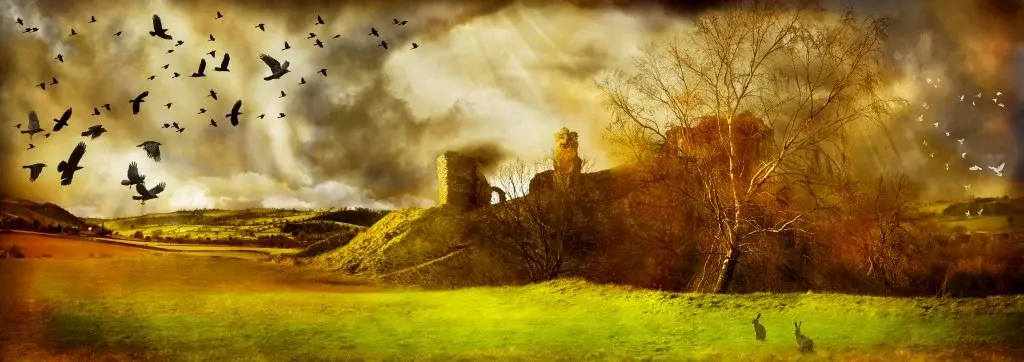
 Click a section to zoom in. These are
Click a section to zoom in. These are 



































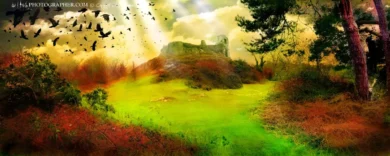
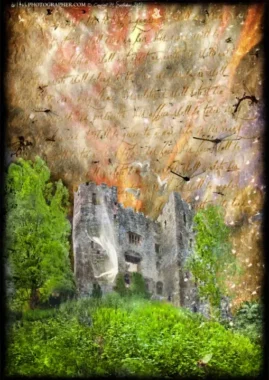
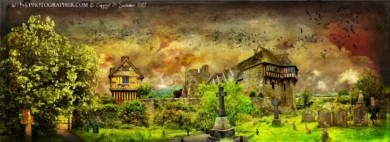


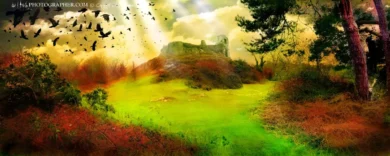

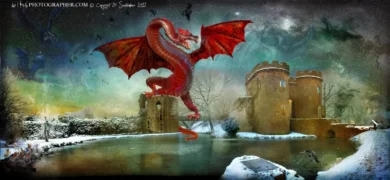
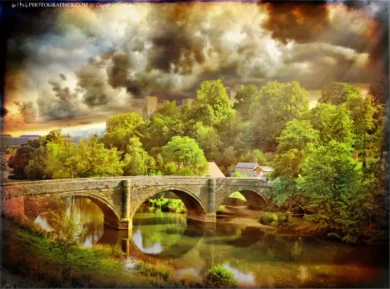
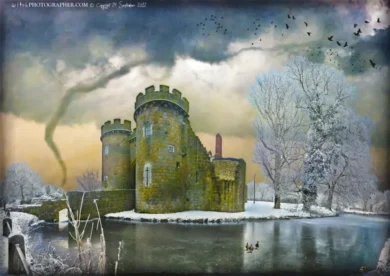

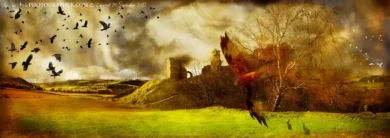
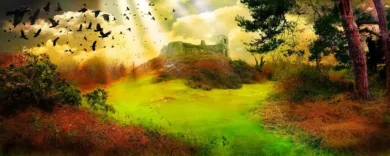
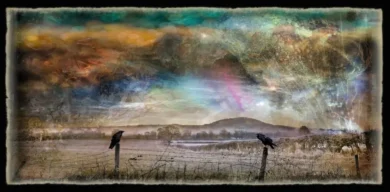
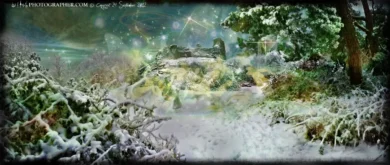
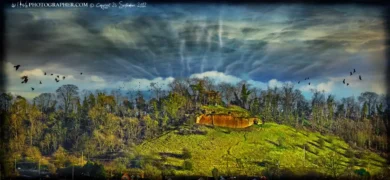
Reviews
There are no reviews yet.